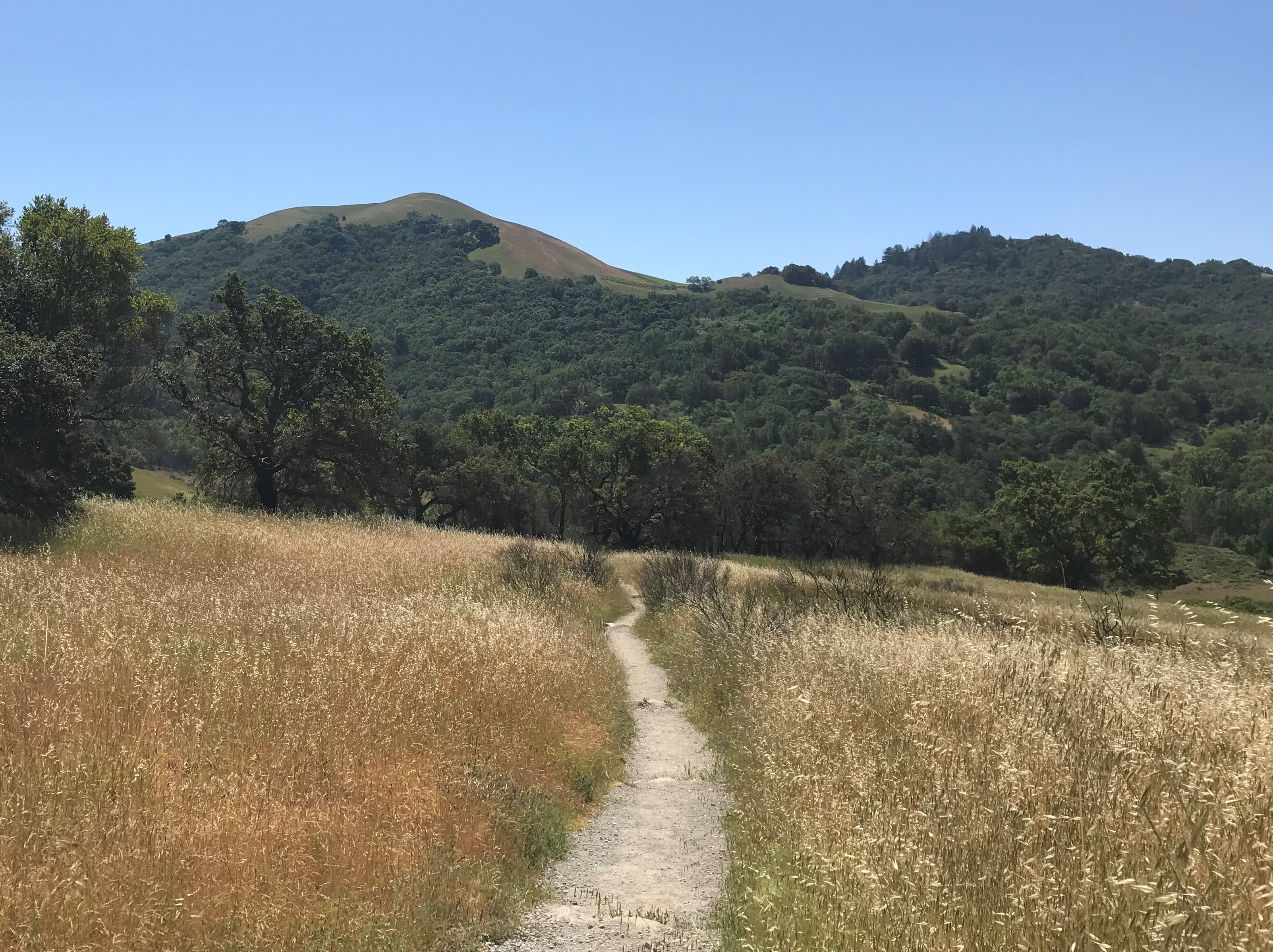Every country has at least two exchange rates, some have as many as five. How is that even possible?
Of course almost everyone is aware of the official bank exchange rate between countries. But did you know there is a black market currency exchange is readily available in every country? (not that we recommend using it) It is incredibly cheap in comparison to the official bank exchange rate (not that we recommend it). Some countries we’ve been in, the differential was staggering. One country it was 4 times the bank exchange rate.
There are also what’s called unofficial, but condoned exchange rates that are offered from official exchange offices. In many romance language countries, exchange offices are called Cambios.
How it Works
When we went to Argentina, there were five rates offered when we were there in 2013:
- The official bank exchange rate – 5 Argentinian Pesos to the US Dollar.
- The black market rate – 14 Argentinian Pesos to the US Dollar.
- The first unofficial condoned rate – 6 Argentinian Pesos to the US Dollar.
- The second unofficial condoned rate – 8 Argentinian Pesos to the US Dollar.
- Paying cash in USD to a local vendor – 12 Argentinian Pesos to the US Dollar.
The difference between the first and second unofficial condoned rates was the amount of money at the time of exchange. For example, if you had $50 USD, you would get first unofficial condoned rate of 6 Argentinian Pesos to the USD, but if you exchange $700 USD, you get the second unofficial condoned rate of 8 Argentinian Pesos to the USD.
Paying Cash
But what the heck is number 5? People have most likely heard the term, “cash is king”. There are still many other countries where the US Dollar not only holds its value, but their citizens would prefer you pay in cash, in particular the USD. In Argentina, we met one such shop owner. We were looking for souvenirs from Argentina (read that story here), when we stumbled upon this shop in Mendoza. They understood broken English and we some Spanish. During the time we were checking out, we were offered several scenarios in which to pay:
- Credit card – official bank rate mentioned above.
- Argentinian Pesos – a further discounted rate from number 4 above.
- US Dollars – an even deeper discount.
Unfortunately this was near the end of our trip, so our US Dollars were limited. After a little negotiation (not much), fortunately between us we scraped up enough to pay for our purchase. We ended up spending significantly less than we were expecting to pay.
Who wouldn’t be delighted by that discovery?
Hedging the Exchange
Be aware, rates change all the time occasionally even radically. The rate for Argentinian Pesos in 2019 (only 6 years after we were there) was 50 ARS to the 1 USD.
Do you know you can buy early if it works for you? There are tools on the internet (of course there are!) that can assist as to whether it’s worthwhile or not to exchange early and when you should exchange.
Check out this interactive graph from the Bank of England depicting the British Pound (GBP) and Euro (EUR) against the US Dollar (USD) for the last two years. The print out below from their site shows that the low spot was August 12, 2019 of $1.077 EUR to the US Dollar.

Image taken from Bank of England website, the exchange page.
If you’re Fall travelers like we are, you can buy money early and save on the exchange.

Image taken from Bank of England website, the exchange page.
Turns out buying the Euro ahead of time can save some money. In this case buying in August for an October trip saves around $8 per hundred US Dollars exchanged. That may not sound like a lot. However, as you can see, if you need several hundred dollars as we have on some trips, that can add up fast!
